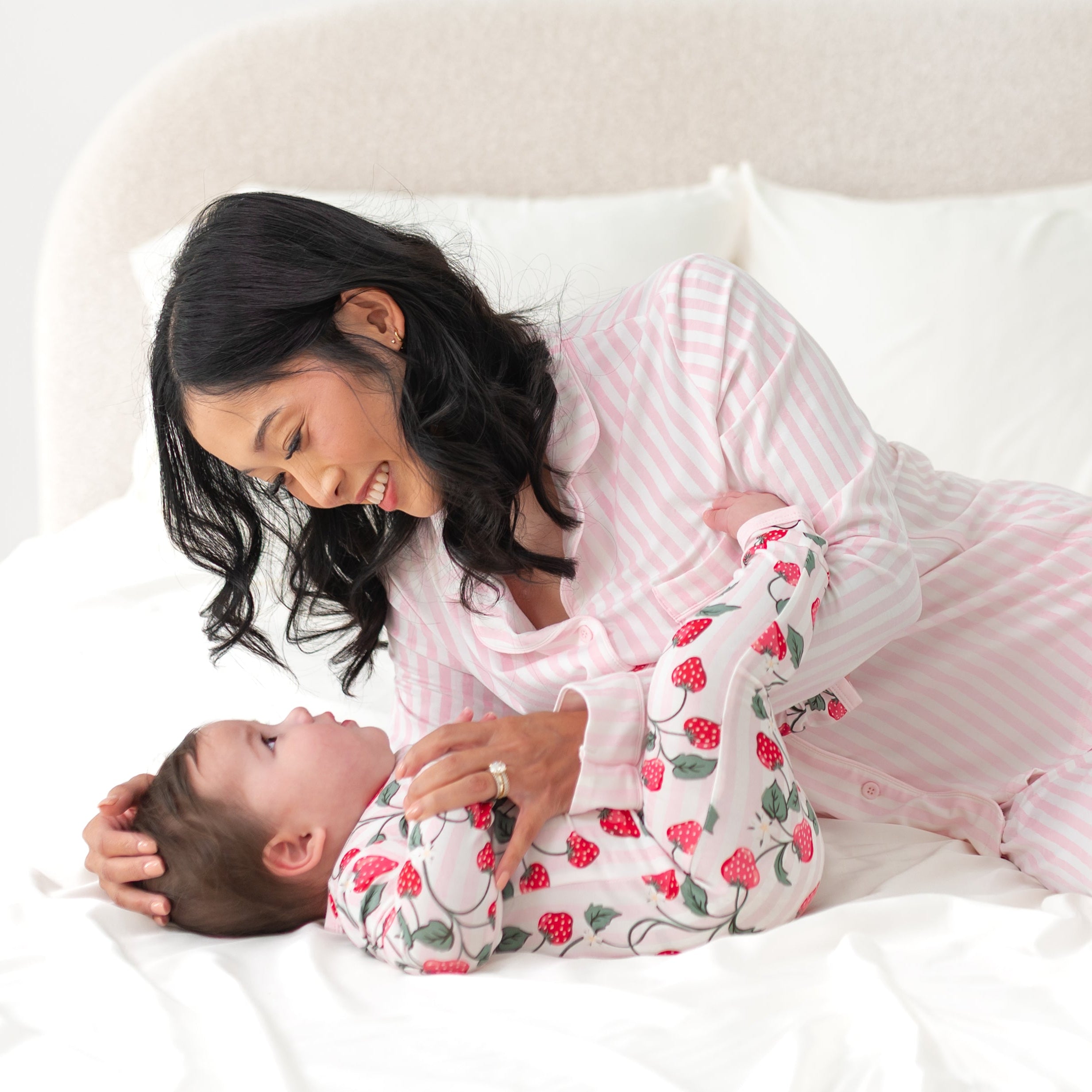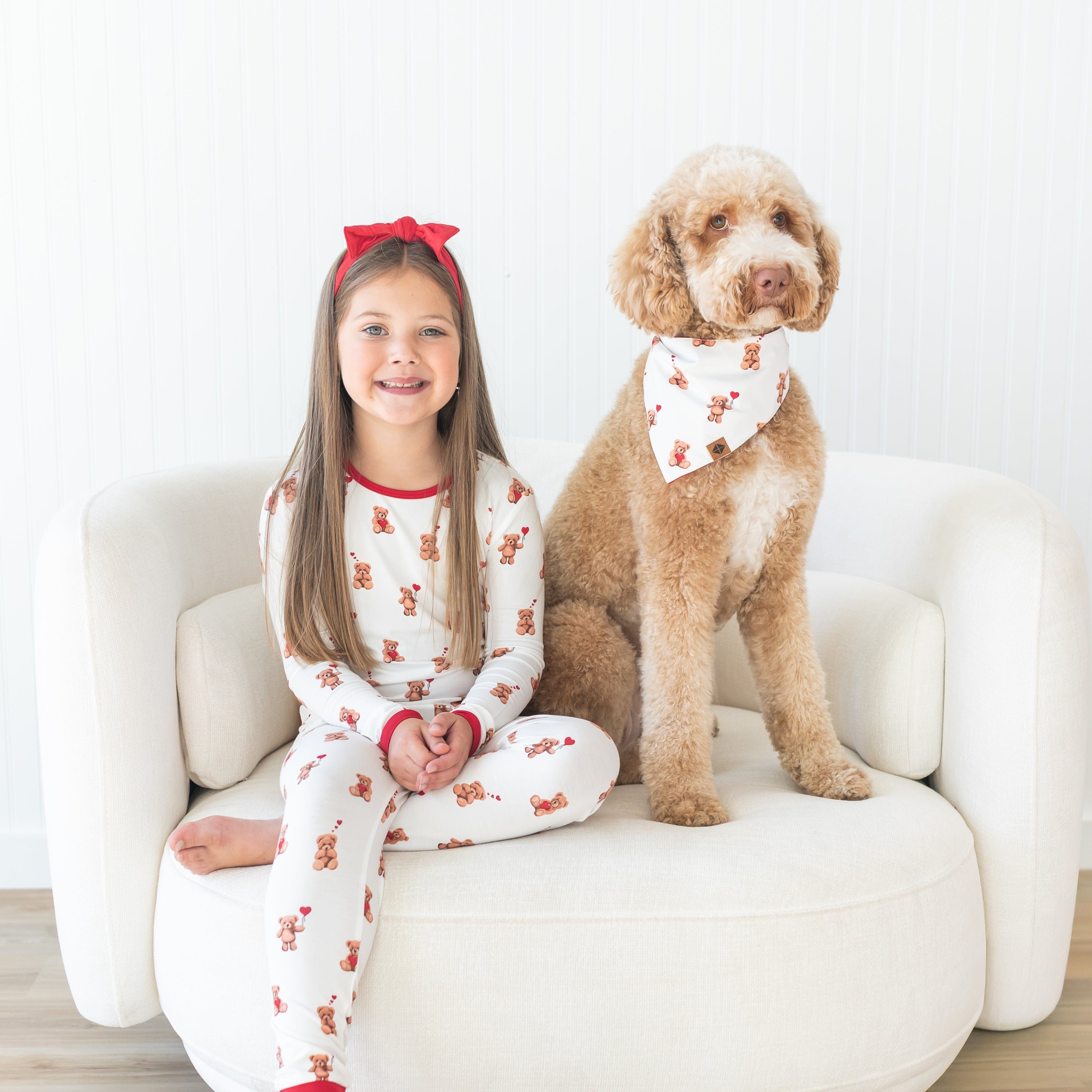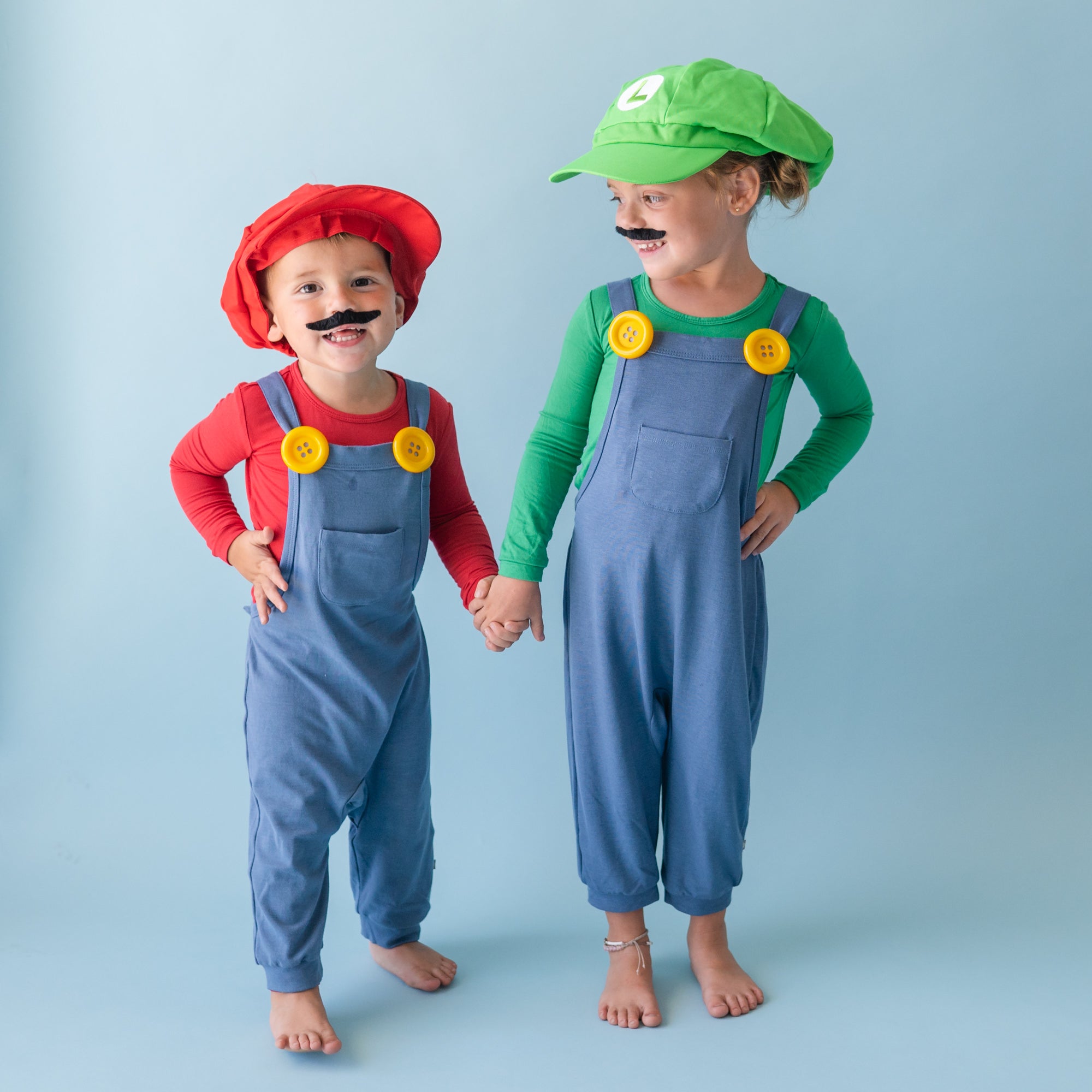Halloween is one of the most exciting holidays of the year for children, and it’s not hard to see why. With creepy and funny decorations, pumpkins patches, and festive events during the entire month of October, there’s plenty of fun to be had throughout spooky season. The best part of all? Trick-or-treating on Halloween night, the one day of the year that children can dress up in a silly costume to go door-to-door for free candy.
Safety Tips for Halloween
While it’s a night filled with excitement and fun, where neighborhoods see lines of costumed children roaming the sidewalk, it’s always best to follow these safety tips to make sure you and your kids have a happy, healthy Halloween.

1. Practice Trick-or-Treating Beforehand
If this is the first time your baby or toddler is going trick-or-treating, it’s a good idea to prepare them beforehand. By practicing how to knock on the door and say “thank you” are all great ways to ensure that the experience goes as smoothly as possible. Even the most outgoing of children can find Halloween overwhelming with the commotion and number of strangers around them.
If you’re familiar with your neighborhood and already know which houses always participate in passing out candy, you may also want to map a route ahead of time and walk your child through it during the daytime. Choose streets that are well-lit with wide, walkable paths, and familiarize your child with the route to minimize the chances of them getting separated and lost. Practicing the sequence of steps for trick-or-treating is also especially helpful for children with autism, who do well with repetition and can benefit from thorough preparation before the big night.
2. Follow the Rules of the Road
Although some neighborhoods block off streets on Halloween to make it safer for trick-or-treating families, it’s always best to follow the rules of the road anyway. Pay close attention to your little one and make sure no one is running into the street, and that everyone stays on the sidewalk whenever possible. Pedestrian traffic on a dark night can be a recipe for disaster, especially when drivers may be impaired. Always cross at crosswalks, avoid crossing the street between parked cars, stop and look before crossing, and be on high alert.
3. Pick the Right Size Costume
The last thing you want when you’re walking around the neighborhood in the dark is for your child to trip and fall on a costume that’s too long. Always try on costumes beforehand and make adjustments where necessary. If your child is sensitive to sensory stimulation, this is also an important step to make sure that they don’t find the fabric or costume uncomfortable.
Halloween is a fun night that can be enjoyed by everyone, including those with special needs. By ensuring that costumes fit properly and comfortably, you minimize the risk of trips, falls, and an unhappy child! Also take care to avoid masks that don’t have large eye holes or fit improperly, which can obstruct your child’s vision and cause them to fall or bump into things.

4. Keep Things Bright
It’s important to remember that drivers have a hard time seeing people at dusk and at night, so keep yourself and your kids visible with bright, reflective costumes. If possible, lean toward neon colors, which are the most visible in low light. Additionally, bringing a flashlight can make things safer by lighting your way, helping you see others and others see you. If your child is old enough to carry their own flashlight, you can equip them with one to help them avoid tripping on curbs, decorations, and other people.
5. Stick to Soft Halloween Costume Accessories
If your little one is going as a pirate or any costume that comes with accessories like a sword, cane, or stick, make sure that they are made of soft foam, rather than hard plastic. Anything pointy and hard can become a dangerous hazard if your child or another child trips and falls onto it. When in doubt, always play it safe.
6. Trick-or-Treat in a Group
Trick-or-treating should be a group activity, as opposed to a solo one. There is safety in numbers, and it’s also more fun to go with others. Even if you have an older child who is 8 or 9, it’s better to walk in a group with adult supervision. Not only is crossing the street dangerous for children, kids who walk alone are harder to see than a group of kids. The risk of a child being hit by a car is twice as high on Halloween than any other day of the year, so it’s important to be safe and vigilant.
7. Bring Hand Sanitizer
One of the most unfortunate things about Halloween is that it coincides with the beginning of flu season. With the flu, COVID-19, RSV, and other nasty viruses circulating in the fall, Halloween can be an event that causes widespread infection. With potentially tens or hundreds of hands in each candy bowl, every house your child visits on Halloween becomes an infection risk. The last thing you want after a fun night of trick-or-treating and festivities is to wake up with a head cold that puts the whole family out of commission for a week. Use hand sanitizer or wipes to clean your little one’s hands throughout the night.
8. Inspect the Treats for Allergens or Tampering
Before you let your little one chow down on their candy haul, inspect all their sweets first. This is especially critical for those with food allergies. By checking the ingredients of each item, you minimize the risk of your child having an allergic reaction. Many candy bars have common allergens in them, like milk, egg, tree nuts, and peanuts.
Another good rule to follow is to stick to factory-made sweets. Throw out anything that’s homemade or looks like it’s been opened. Although food tampering is rare, there’s no such thing as being too careful when it comes to your child’s safety.
9. Know When Enough is Enough
Halloween can be an overstimulating night for all children, but even more so for those with special needs. All the excitement, sugar, and crowds of people can be overwhelming for children, and knowing when to call it a night is imperative for keeping the stress to a minimum. Keep an eye out for the signs that your child is unhappy and has had enough, so you can all go home and enjoy the rest of the evening together in your matching halloween family pajamas.





















